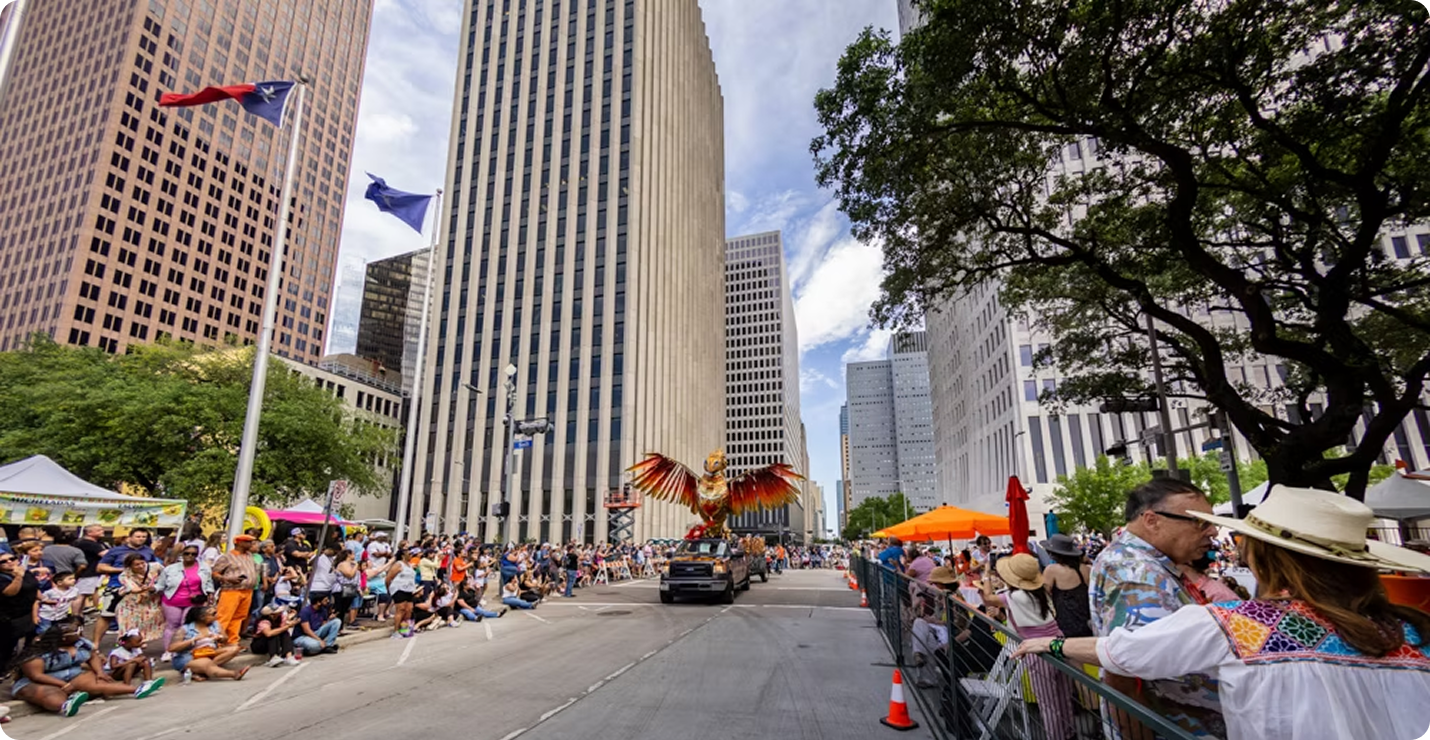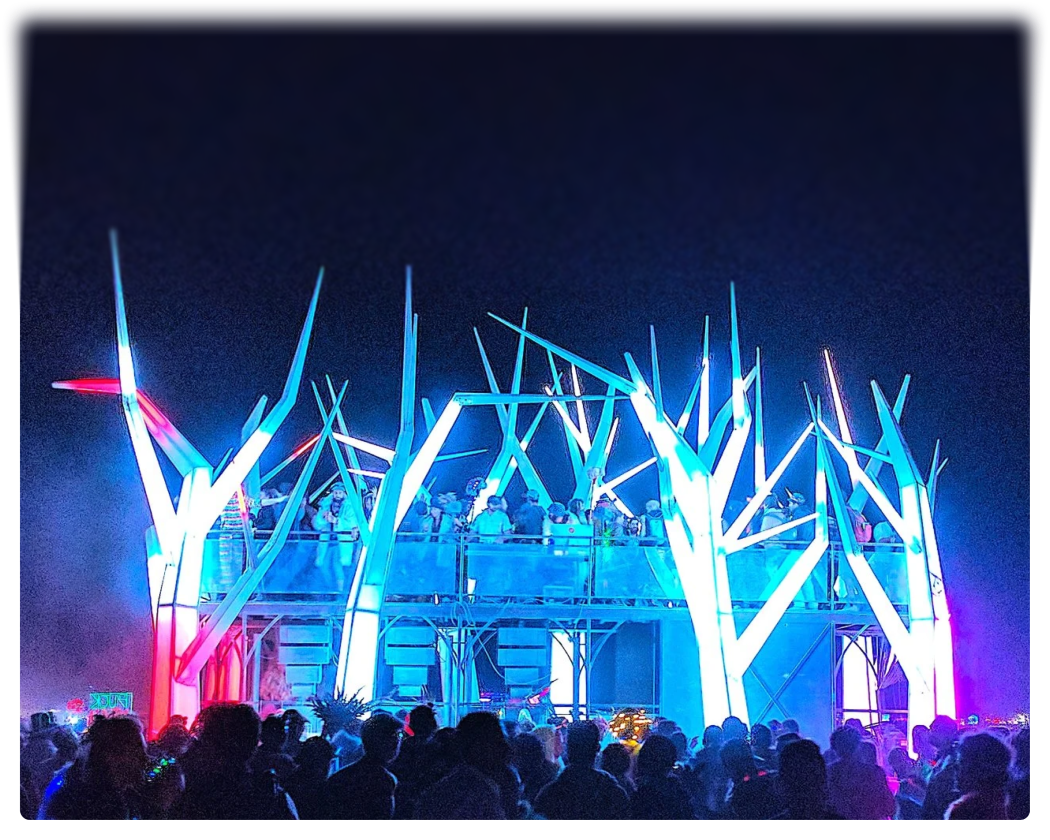The story of mutant vehicles began at the Burning Man festival in Nevada’s Black Rock Desert. Participants started transforming ordinary cars into mobile art objects, merging technical engineering with artistic vision. This new form of art combined movement, light, sound, and design to create living interaction with the audience. These vehicles became known as art cars or mutant vehicles, representing a complete creative transformation of traditional transportation.
From Burning Man to festivals across the country
The idea of art on wheels quickly spread beyond the desert. After the festival, many creators continued to showcase their mutant vehicles at other events in the United States. The most famous among them is the Houston Art Car Parade in Texas, which gathers hundreds of artists from around the world every year. This parade turns the streets of the city into a massive open-air gallery, where every car tells its own story.

Other regional festivals such as Apogaea (Colorado), Alchemy (Georgia), and Flipside (Texas) became hubs for local artist communities that continue the Burning Man tradition. They create new art cars that blend light shows, music, and performance, bringing art to life in public spaces and transforming the way people experience festivals.
Art cars as a new form of public art
Mutant vehicles have evolved beyond festival spaces to become a new format of public art. They unite movement, sound, light, and interaction. When an art car appears on the street, it instantly turns the environment into an event, inviting people to participate. This art form is not confined to galleries or museums; it lives in the open city and belongs to everyone who sees it.
The culture of art cars also serves as a bridge between different communities. It brings together artists, engineers, designers, musicians, and spectators in one shared creative process. Through these projects, a new way of perceiving art is born - not as something to observe but as something to experience and co-create.
A symbol of modern American creativity
Mutant vehicles have become symbols of modern American culture. They represent freedom, innovation, and collective collaboration. Art cars unite technology and creativity, showing that imagination can take physical form and remain alive and changing. Their creation often happens within teams, where each participant contributes a unique skill to the shared vision.
This is what makes mutant vehicles special: they are not just machines but living expressions of ideas emerging from society. They reflect a desire for openness, exploration, and the fusion of engineering with art. Art cars have become moving icons of creativity, traveling between festivals and inspiring new generations of creators.
Art cars also serve as a form of cultural diplomacy, spreading ideas of freedom and unity as they travel from city to city. They prove that art does not have to stay in galleries, it can move, inspire, and belong to everyone.
The future of mutant vehicles
Today, art car culture extends beyond festivals. Mutant vehicles are becoming part of city celebrations, charity events, art installations, and even private gatherings. Platforms like CarNival help artists reach wider audiences and keep creativity in motion. This is the next stage in the evolution of mutant vehicles - from festival experiment to a lasting element of contemporary culture.
Conclusion
The rise of mutant vehicles has reshaped art in the United States. It transformed festivals into spaces of shared creativity and turned cars into moving carriers of ideas. From Burning Man to city parades, mutant vehicles continue to prove that art can move, connect, and bring people together.




